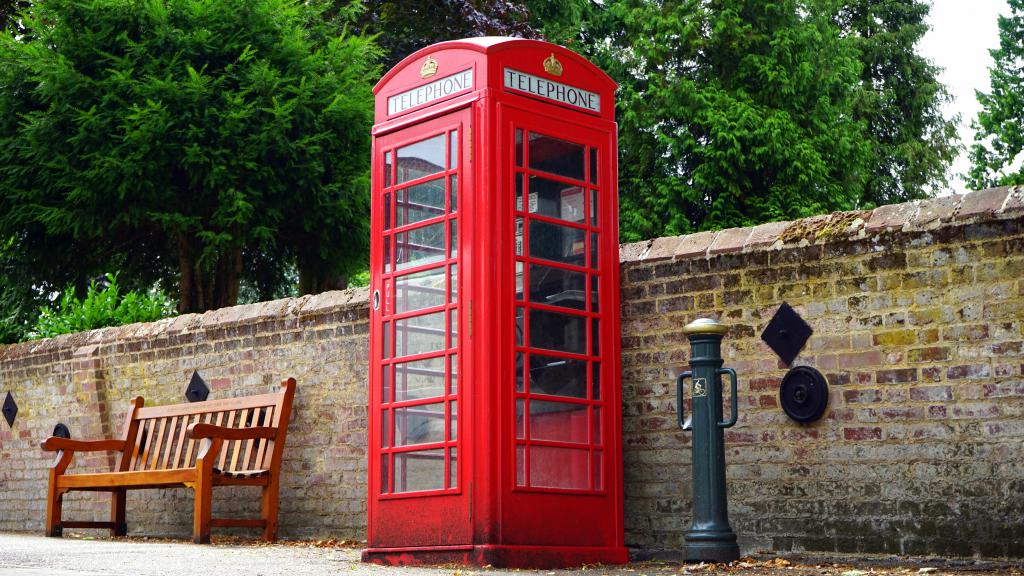More recently, services were not considered a separate sector of the economy, but simply were an incomprehensible switching layer between the extractive and processing industries and a little between the processing industry and end users. The attitude towards services has changed with the development of technologies, especially information, and an increase in the share in the global economy. Currently, more than 65 percent of the global gross domestic product is created in the service sector. Services in the economy are recognized as a full-fledged tertiary sector of productive activity when divided into broad sectors of the economy, the first two are mining and processing sectors.
What is a service?
From the time when they began to understand that it was important not only to get something and process, but also to help distribute and consume finished products, many definitions of services appeared, which changed with the advent of new activities. One of the pioneers of economic theory, Adam Smith, referred to the services sector as "priests, doctors, lawyers, solders, actors and writers" and others, as it were, "free artists", those who are not directly involved in the production of wealth.

Around then, one of the first definitions of services appeared. If the sphere of material production is when production and consumption can be separated in time (forged a horseshoe in England and you can take it to sell even to America), then in the service sector everything happens at once - the work of the barber immediately satisfies the need to look more beautiful, though, in those times they also earned extra money by tooth extraction.
What are they
When economists decided that service in the economy was serious, they immediately took up the division into types and divided it into two sub-sectors: production of material services and production of intangible services. The first type included all branches of services related to obtaining material goods, for example, transport services, trade, consumer services, hotel services and others, the second type includes services related to the satisfaction of intellectual, spiritual needs and necessary to maintain normal human life, societies and states, for example, healthcare, education, art, security, and others, conditionally not related to material wealth.

Of course, it is difficult to imagine intangible services in a pure form. The same health care can satisfy quite material needs for the same prosthetics for a long time, and trade can already satisfy completely intangible needs. There are industries in the economy where, with the development of technology, services become more complex and combine intangible and tangible, so modern logistics services consist of transport, which are classified as tangible and intangible, needs analysis services, planning and order management, cargo tracking.
Origin and Formation
The goods and services appeared, probably almost simultaneously with the division of labor, in ancient times, someone produced stone tools and weapons, and the control services were represented by tribal leaders and elders, warriors provided security, although they probably didn’t think so, and shamans represented social, ritual and medical spheres.

As a branch of the economy, services arose in ancient times or the first Chinese states in the VIII century BC, when almost all the main types of services were available - transport, education, healthcare, public administration, financial services and entertainment.
Path to recognition
The development of machine production and new technologies in the 19-20th century gave rise to new goods and services, as a result of which new spheres appeared as full-fledged businesses, for example, communication with the invention of the telephone, air transportation with the invention of aircraft, brokerage services with the development of securities and there are many other types that we still use, even if telephones and airplanes are not the same, and securities are bought and sold almost entirely through the Internet.

For a long time it was believed that service in the economy is an unproductive activity that does not create and does not increase social wealth. This was due to the low role of this sector, in which although a large number of the population was employed, they were mainly low-skilled workers, as, for example, in trade - the largest branch of the service sector, or the hotel business. And since little value was created in the sector, it was a secondary sphere of economic activity almost until the middle of the 20th century, and in Russia until the end of the Soviet period.
Service in a post-industrial society
Postindustrial society is often called a service society because of the predominant role of the tertiary sector in the production of values; now in developed countries, the role of services in the economy is determined by their more than 70 percent share in GDP. If material production used to be ahead of and determined what services would be needed when consuming material goods, now they are ahead of production, the production of almost any product in an industrial way begins with ordering a set of consulting services: market research, developing a feasibility study, building a business plan and product promotion plan. The development of knowledge-intensive industries in the service sector - science and education, digital technology, cloud service and artificial intelligence - is the main engine of a post-industrial society.
Worldwide services are growing, but in different ways
The service sector has been growing rapidly since the second half of the twentieth century in almost the whole world, as well as its share in the economy, but it is growing in different ways. In countries of Western Europe, North America, East Asia, Hong Kong, Singapore and Australia, the explosive increase in the growth of the service sector is mainly due to digital technologies, some economists generally offer all services in the modern economy related to intellectual activity, to single out in the Quaternary sector of the economy, so and calling him intellectual. In most developing countries, the share of traditional non-knowledge-intensive industries is increasing, for example, retail trade, domestic and tourism services. This is due to the low demand for low-skilled labor in manufacturing; for these countries, the services sector in the economy is sometimes the only way to increase employment.

Of course, there are exceptions, countries such as India, where, due to the huge and mostly poor population, there are entire clans involved in garbage collection, laundry and stray trade, but at the same time it is one of the world's largest information technology centers.
Current achievements
The main achievement of the service sector of the last two decades is delocalization, when the place of delivery and the consumer are in different places, when you call the bank, then most likely the robot will answer first, and then the call center employee, which can be thousands of kilometers from your cities.

Globalization is the second breakthrough in the service sector, service, especially information, has become a commodity in the international market. Services have become possible to accumulate, store, consume at a distance and in real time.
Key forecasts
In the foreseeable future, service in the economy is the largest segment, on the level of development of which the growth of the economy and the creation of new jobs are most dependent on, 29 out of 30 new jobs will be created in the tertiary sector. The fastest growing services industries will be: management, scientific and technical consulting, digital technology, biomedicine, individual and family services.

Optimists generally believe that all services will be individual - the robot will be trained and treated on the basis of artificial intelligence, it will be possible to get there by a drone, and if you need a car, you will be printed on a 3D printer.
